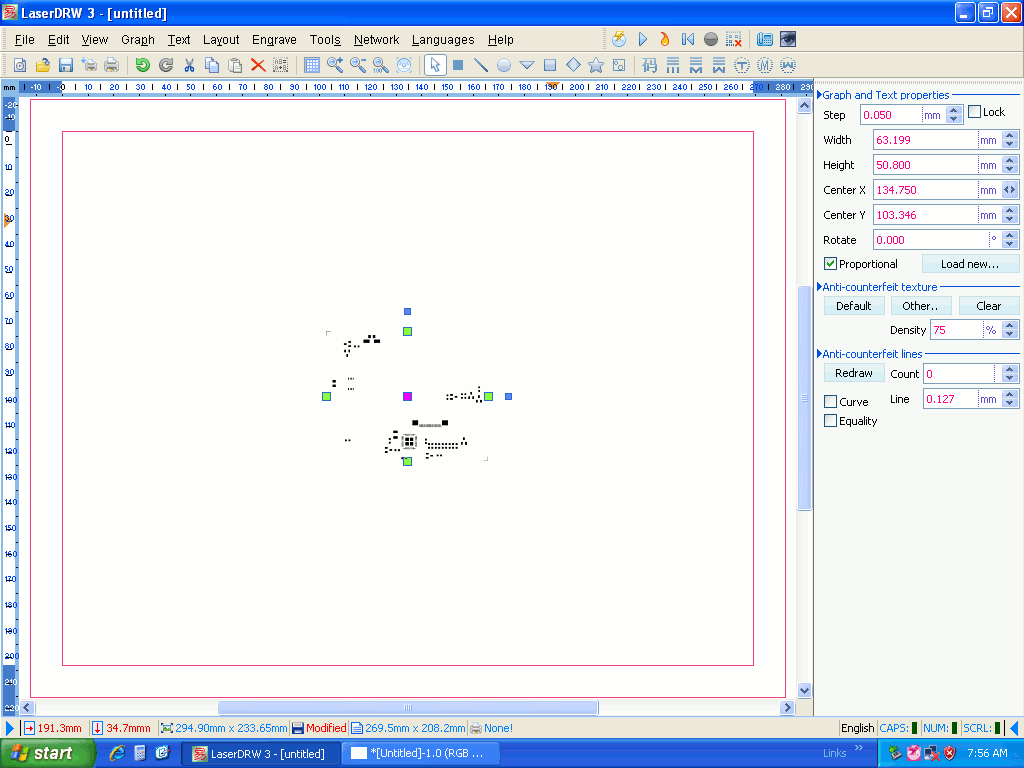

If you work with an "unsafe" machine, you will have to buy special glasses that are tuned to the frequency of your laser (about 100 Euros).In a city environment you cannot just expel the fumes out of the window. You need a machine with safeguards and that includes the power system.The addition of air assist and ventilation can reduce this risk, but it doesn't take long to burn things. This is actually the biggest risk and requires that laser cut projects must be watched at all times. But, most hobbyist on the low end have burnt themselves. A very low number of people have been blinded by lasers, it may actually be zero people. Broken laser tubes can be extremely dangerous. Laser beams (which are invisible) can make you blind or more likely burn your fingers.PVC should not be cut, it releases the Chlorine gas. Vinyl should not be cut it produces toxic gases and corrodes the machine. Toxic fumes can make you sick (and worse).Laser cutters (unlike 3D printers) are fairly dangerous toys. For the moment (12/2016), technical information about laser cutting is available in Trotec Speedy 100R.modules that can be used with a CNC router or $150 desktop stand-alone models.
#Laserdrw use a dongle update
Update (nov/2019): In the last years, a number of very cheap laser engravers have appeared, e.g. Low-end laser cutters allow to engrave and cut thin materials like wood, leather, plexiglass (PMMA). Mid-cost Laser cutters typically used in Fablabs can engrave materials such as plywood, mdf, wood, plexiglas or cardboard and cut out various shapes and sizes. And some materials like vinyl will cut, but should not be cut since it will produce toxic gas. It can be used to create teaching tools and making classes for children and students. If cost is not objective, it's probably the first tool an educational fablab should buy. Laser cutters allow to cut most sorts of material precisely and quickly.

CO2 lasers on the other hand can engrave glass, wood, plastic, leather, rubber, and any material that absorbs the particular IR spectrum produced. This can be highly useful for vaporizing glue on the other side of some glass to replace a IPhone back cover, and the various speed of high end fiber laser cutters. For example CO2 lasers cut glass but fiber laser light usually passes right through glass.

Due to the absorption spectrum of the different light produced these tend to have different properties. There are a few different varieties of cutters CO2 lasers and Fiber lasers are the most common. Most Laser cutters use stepper motors to move an X and Y axis to position mirrors that reflect laser light to a surface for the purposes of cutting. 3 Outdated list of small commercial laser cutters.


 0 kommentar(er)
0 kommentar(er)
